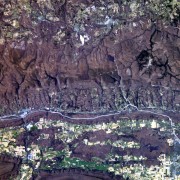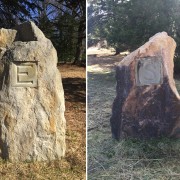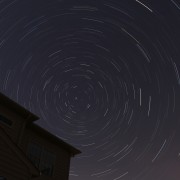Chapter News
What are shade balls, and why did LA drop 96 million of them into their reservoir? - PAESTA Podcast Series: Episode 10
You Asked, We Answered!
Trascript of the podcast
What was The Great Blizzard of 1888 and how did it impact Pennsylvania? - PAESTA Podcast Series: Episode 9
You Asked, We Answered!
Trascript of the podcast
What Caused the Collapse of the Mayan Empire? (hint - drought!) - PAESTA Podcast Series: Episode 8
You Asked, We Answered!
Transcript for the podcast
The Flint Water Crisis – What is happening, and what are the consequences? - PAESTA Podcast Series: Episode 7
You Asked, We Answered!
Transcript for the podcast
Hello my name is James Clark and I am an undergraduate student at Penn State Brandywine. In this podcast, I will be answering the following questions that pertain to the Flint water crisis. Who is to blame? What caused the Flint water crisis? Was the Flint water crisis preventable? What are the lasting consequences? What are the political ramifications? Along with these questions, I will also answer some common questions that people are asking about the Flint water crisis.
What is Flash Flooding? - PAESTA Podcast Series: Episode 6
You Asked, We Answered!
Transcript for the podcast
PAESTA Podcast Series: Episode 5 - Why Do We Add Leap Day Every Four Years?
You Asked, We Answered!
Listen to Dr. Chris Palma and student Kevin Toney from The Pennsylvania State University speak about the science behind Leap Day! Questions addressed in the podcast include:




